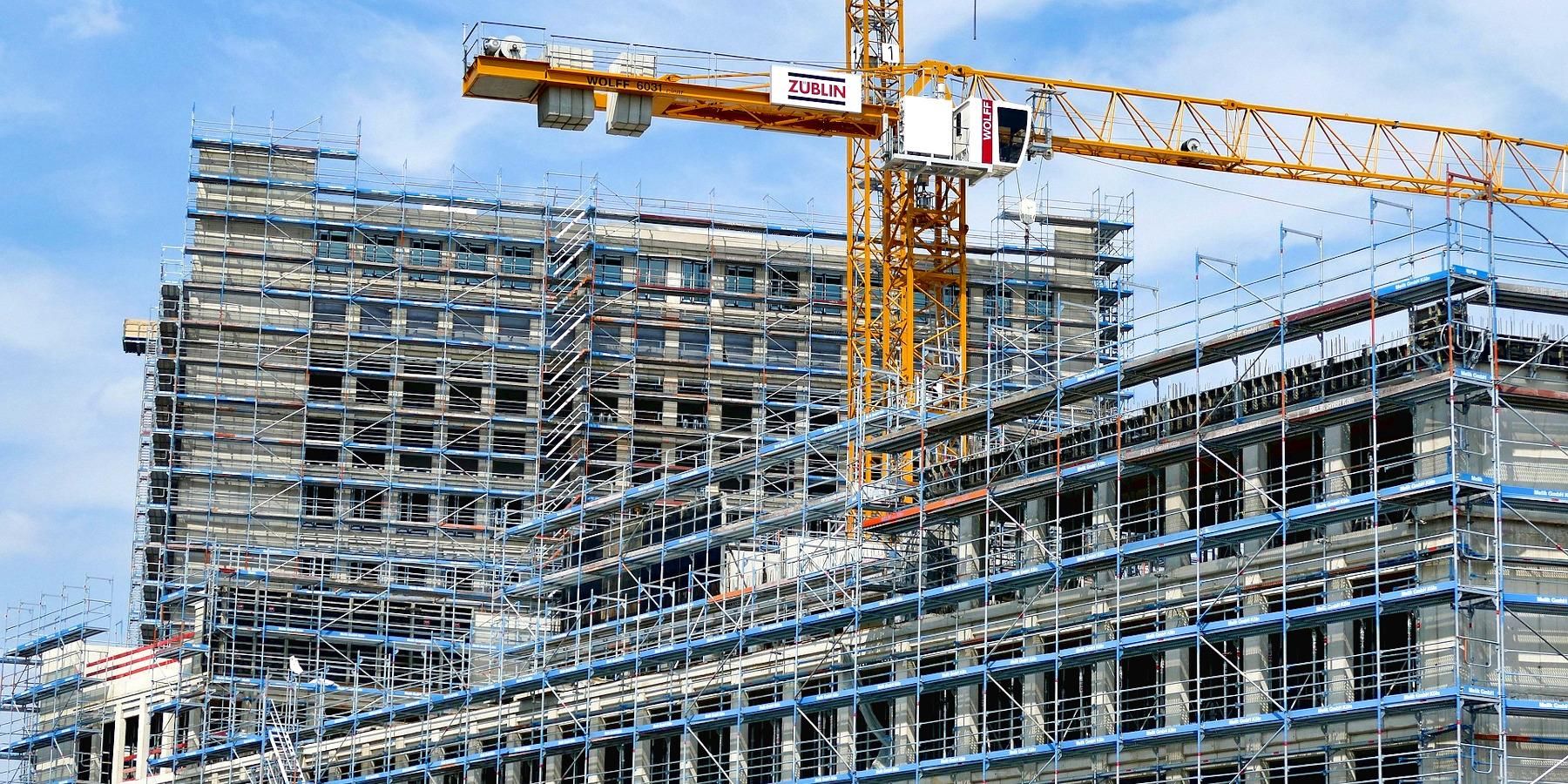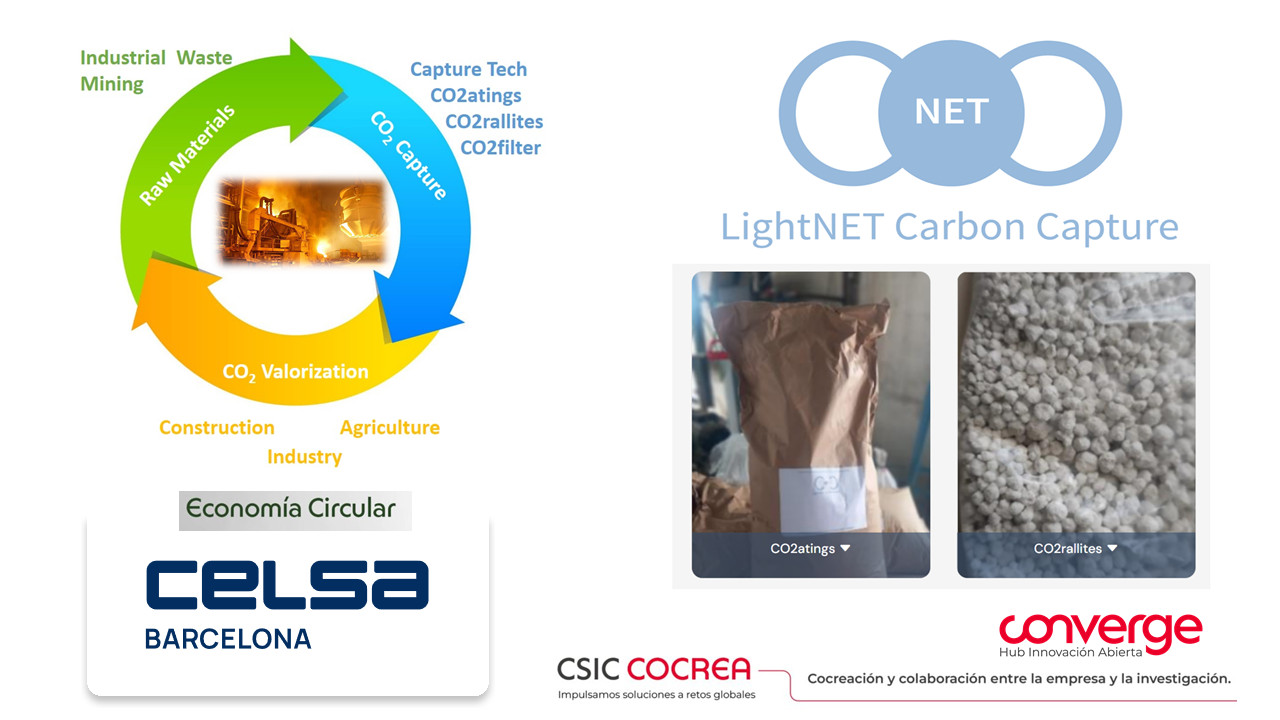The spin-off LightNet Carbon Capture is selected in the call CSIC COCREA
The technology-based company, from IMB-CNM and ICN2, develops new climate products such as CO2atings® and CO2rallites® from industrial and urban waste. These products can, in turn, be used in the construction sector as materials with a reduced carbon footprint, to make a passive capture of CO2 and contribute to reducing emissions in cities.

Image: building construction with scaffolding and crane. Credit: Pixabay.
The second call of the CSIC COCREA program already has its selected projects in collaboration with companies. The specific objective of this program is to promote public-private collaboration through the development of open innovation projects of co-creation and co-development of CSIC with companies to promote solutions to global challenges. The ten projects in this call will address solutions to challenges to promote a sustainable agri-food chain and foster the circular economy.
One of the selected initiatives is LightNet Carbon Capture (LNCC), a spin-off from the Catalan Institute of Nanoscience and Nanotechnology (ICN2) and the Institute of Microelectronics of Barcelona (IMB-CNM, CSIC), led by IMB-CNM researcher Amador Pérez-Tomás. LNCC has a portfolio of ex-situ carbon dioxide capture solution including an innovative rendering mortar or coating that performs passive CO2 capture to reduce emissions from cities. The coating has already been successfully tested on a temporary construction site of the Spanish multinational SACYR. The innovative mortar proved to be an alternative with notable advantages: it is obtained from raw materials abundant in the earth, is compatible with other building materials (such as Portland cement, concrete or asphalt) and has an aesthetic finish that withstands rain and humidity. The mortar performs passive capture, i.e., it requires no energy source, and does so quickly and efficiently.
Aligned with a circular economy strategy, a potential source of some of the main components of this plastering material is steel mill waste. The CSIC COCREA project will study, by means of micro- and nanotechnology techniques, recipes to improve the activation of CO2 capture from these wastes from CELSA (a leading European steel company in low-emission circular production).
Climate neutrality in cities
The negative emission technologies developed by LightNET Carbon Capture can be applied to direct air capture (DAC) or capture at the point of emission (at the outlet of industrial chimneys). One of the most original implementations in the DAC sector of LNCC technology is to achieve climate-neutral cities. Virtually no technology exists to capture CO2 in cities even though the urban environment is responsible for 70% of global emissions to the atmosphere. Therefore, to reach the European goal of climate neutrality by 2050, cities must become greener and reduce their emissions (mitigation), but they should also be able to capture part of the CO2 they generate. The products of the recently created spin-off LNCC, such as CO2atings® and CO2rallites®, represent an opportunity to implement these negative emission technologies in cities, whether in building elements, urban elements or CO2 collection systems.
CSIC COCREA
As part of the CSIC's open innovation hub Converge, launched by the Vice-Presidency for Innovation and Transfer, the CSIC COCREA program's specific objective is to promote public-private collaboration through the development of open innovation projects of co-creation and co-development of CSIC with companies to promote solutions to global challenges.
Other centers with selected projects were the Institute of Corpuscular Physics (IFIC-UV-CSIC), the National Center for Biotechnology (CNB), the Institute of Natural Resources and Agrobiology of Seville (IRNAS) and the Institute of Catalysis and Petrochemistry (ICP).





